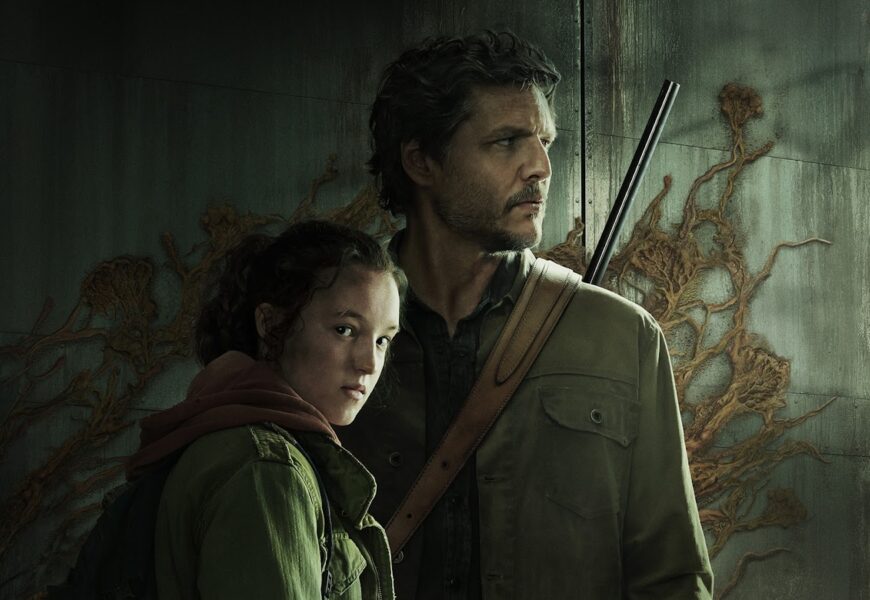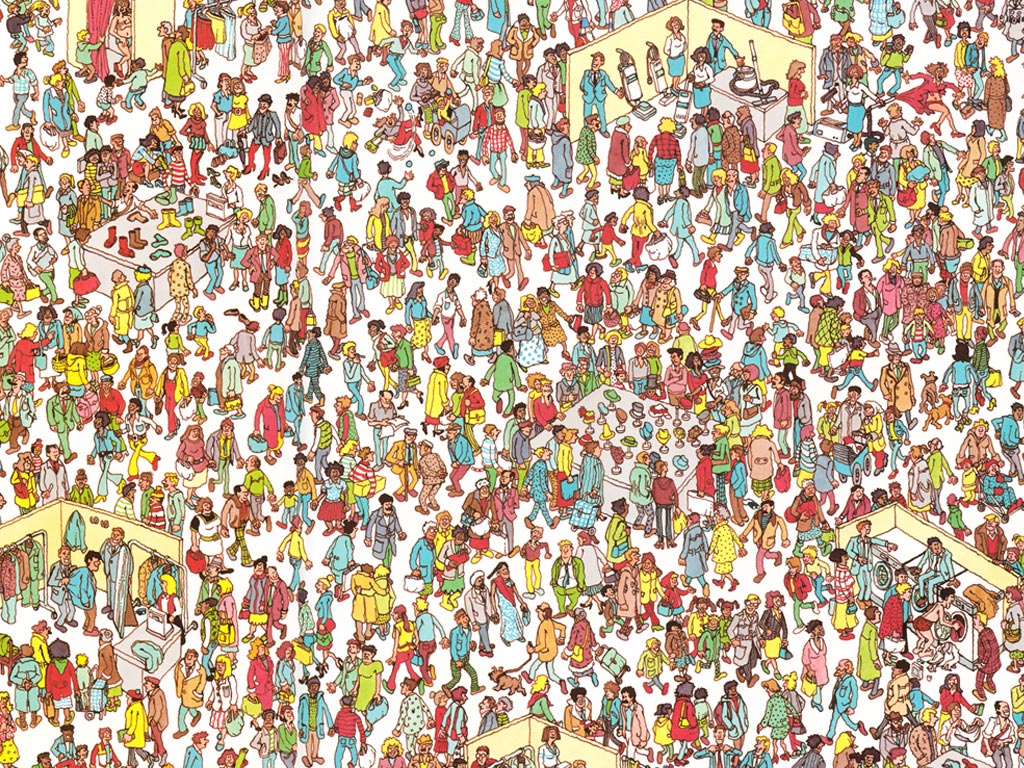This article includes spoilers for the first two episodes.
“What if, for instance, the world were to get slightly warmer? Well, now there is reason to evolve. So if that happens? We lose.”
Thus begins the first episode of HBO’s new post-apocalypse adventure saga, “The Last of Us.” Based on the 2013 action-adventure video game, “The Last of Us” tells the story of a world ravaged by a fungal infection, which consumes the minds of its victims and sends society crumbling. “The Last of Us” begins in 2003 and shows the initial days of this breakout. The fungus genus Cordyceps spreads through the flour supply, quickly sending the entire world into a crisis. In the first episode, the very first days of the outbreak cause the rapid collapse of everything that was believed to be entirely stable, then fast forwards to the sparse remains of humanity that are left twenty years later.
The main character, Joel Miller, portrayed by Pedro Pascal, is a construction worker living in Texas with his teen daughter, Sarah, at the beginning of the series. Viewers see the beginnings of the outbreak through Sarah’s eyes; the narrative only switches to Joel’s perspective following Sarah’s death. Twenty years after the start of the outbreak, Joel works as a smuggler within the designated quarantine zones, searching for a way to contact his brother. After being double-crossed by a client, Joel is tasked with transporting Ellie, a teen girl portrayed by Bella Ramsey, across the country. According to a rebel group (the Fireflies), Ellie is immune to the infection and could be used to find a cure.
Despite the concept, “The Last of Us” remains incredibly grounded in reality. The first episode’s opening scene – framed as a television interview from the 1960s – presents the impending outbreak as something that is very plausible. In reality, it would take hundreds of thousands of years for fungi to evolve to survive in human body temperatures, however, “The Last of Us” convinces us that it is possible, that we very well could be contending with a fungal apocalypse at any moment. At the beginning of each episode so far, “The Last of Us” contextualizes the rest of the story. In the first fifteen minutes of the second episode, instead of following the protagonists, viewers are taken back to 2003, in Indonesia, where a professor of mycology – similarly to the interview in the first episode – identifies the lack of a cure for the Cordyceps infection during the earliest days of the outbreak. These scenes give viewers insight into the larger ramifications of the outbreak, creating a fully developed world past the limited scope of the protagonists.
On top of the already chilling pseudo-reality of the plot, the victims of the Cordyceps outbreak, known as “the infected,” are nothing short of utterly terrifying. With bodies in various stages of decomposition, “the infected” move in mobs, all connected to the greater fungal hive mind. They are covered in fungal growths, tendrils reaching out of open mouths and gaping wounds – their once-human bodies turned into nothing more than hosts for something much larger than humanity.
I have never been particularly fascinated by zombie apocalypse stories, the mere concept never frightening me as much as was intended, but I must admit that “the infected” are arguably the most frightening horror monsters I have ever seen. Their presence is felt in every shot of the show, creating the most delicious anticipation for the few moments in which we are presented with a whole horde of them.
Although this is a very plot-driven story, the characters have no fewer layers. Pascal offers depth in his portrayal of Joel, letting him become more than his anger and prickly exterior from the very first episode. Although this version of the character does its best to stay true to the source material, HBO’s adaptation allows for cracks in Joel’s rugged surface to show. Conversely to the seemingly superhuman strength shown by the character in the game, Pascal’s Joel is imperfect. He suffers from hearing loss due to a gunshot and other body aches that come with age. This version subtly underscores the trauma which Joel has experienced since the beginning of the outbreak, offering a heart-wrenching depth beneath his gruff exterior.
Bella Ramsey is nothing short of a standout as Ellie, filling her character with an anger only possessed by one who has never known a life full of anything other than fear and death. Beneath that anger, Ramsey brings a much-needed levity to the show, her adolescent optimism and wonder preventing the story from becoming fatalistic, resigned to the circumstances. Through Ellie’s eyes, the viewers are given the chance to see hope and the necessity for human connection in times of struggle, as Ellie is somewhat representative of such a need. Ellie – an orphan with no one left to take care of her – emphasizes the need for people to take care of each other, to “save who you can.” Her precocious wit leaves her seemingly unswayed by the circumstances, but I eagerly wait for the upcoming episodes to further unveil her many layers.
Despite “The Last of Us” being nothing short of impressive as a piece of horror fiction, questions arise about whether or not – independent of the show’s quality – it is a sufficient adaptation of the original source material. While the players were bound to a closed narrative in the original game, there was still some level of player agency (as is the case with any narrative-based game). In adapting “The Last of Us” into a TV show, the writers, including Neil Druckmann, the writer of the original games as well, are forced to contend with this loss of player agency, allowing for only one path from the beginning of the game to the very end. Although I have never played the game myself, only watching clips and video essays, I found that nothing has felt forced about this newly restricted format, and each character choice and plot beat seems nothing short of natural.
Regardless of any challenges “The Last of Us” may have faced thus far, the show has already been renewed for a second season (though we do not know yet whether or not it will follow the plot of the second game in the series). The show’s 22 million viewers gave near-universal praise after only two episodes. While I cannot guarantee that this show will continue to receive such uncontested praise for the rest of its first season, I would be thoroughly surprised if it did not continue on an upward trajectory. •









